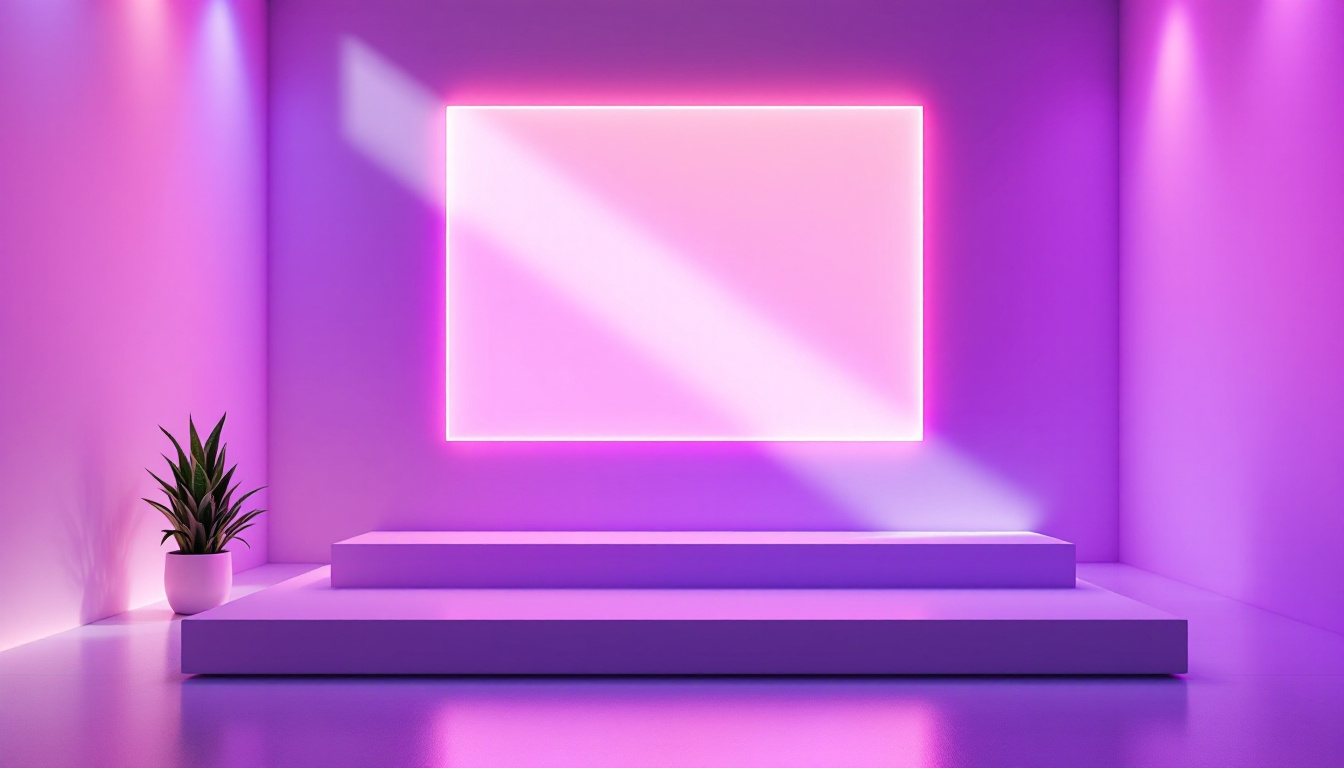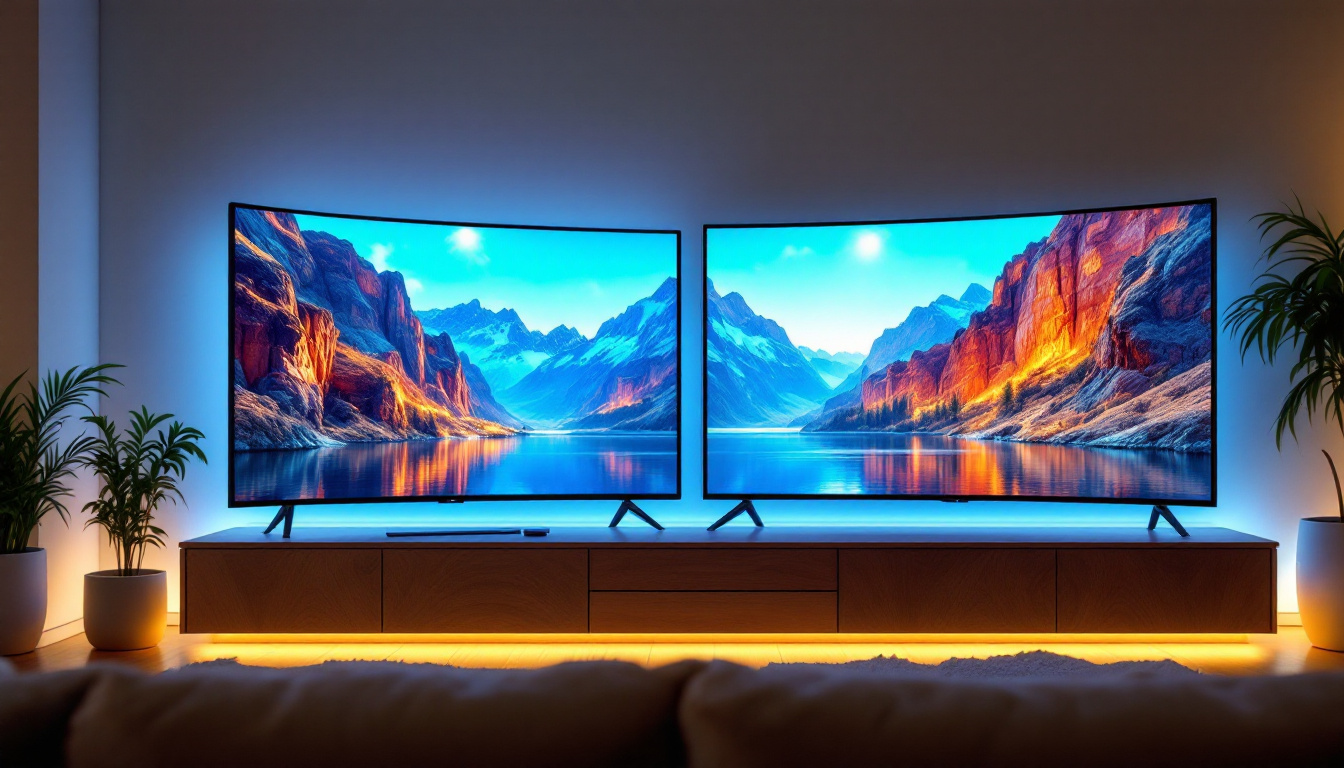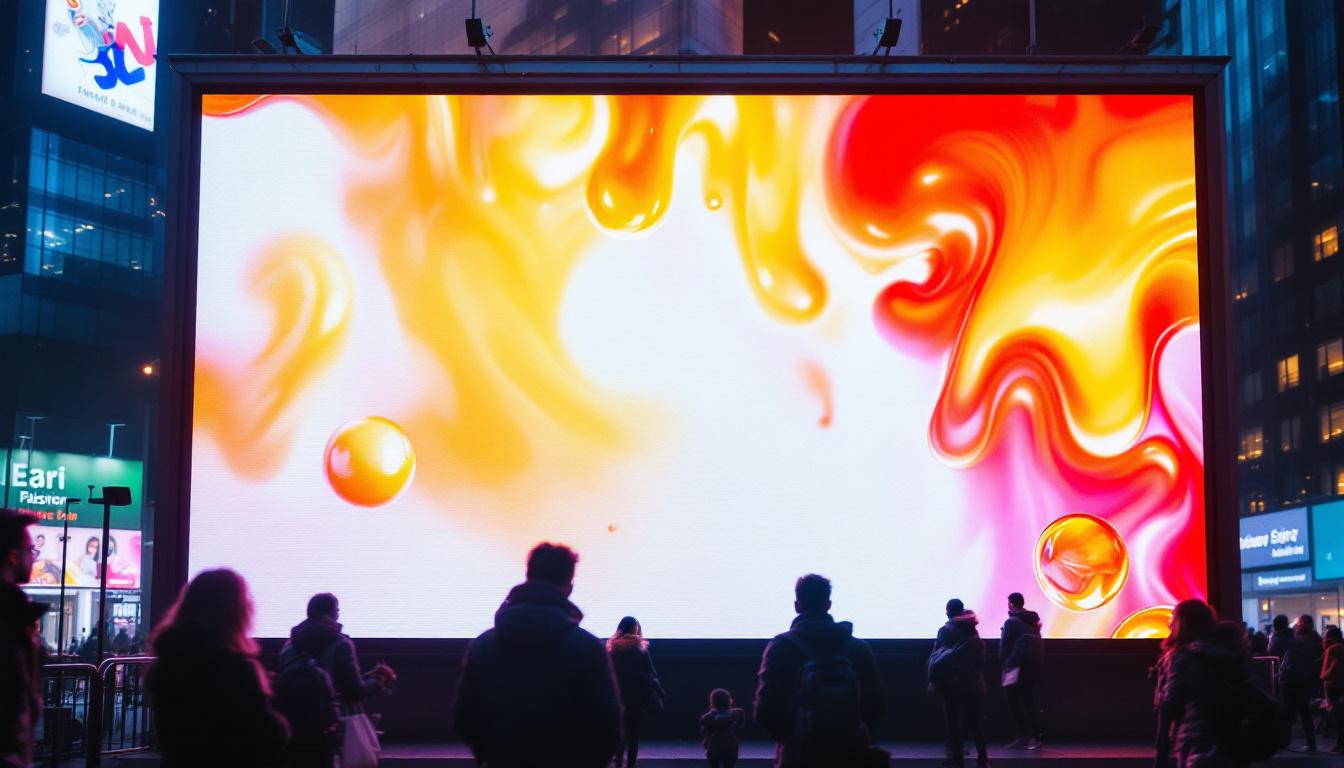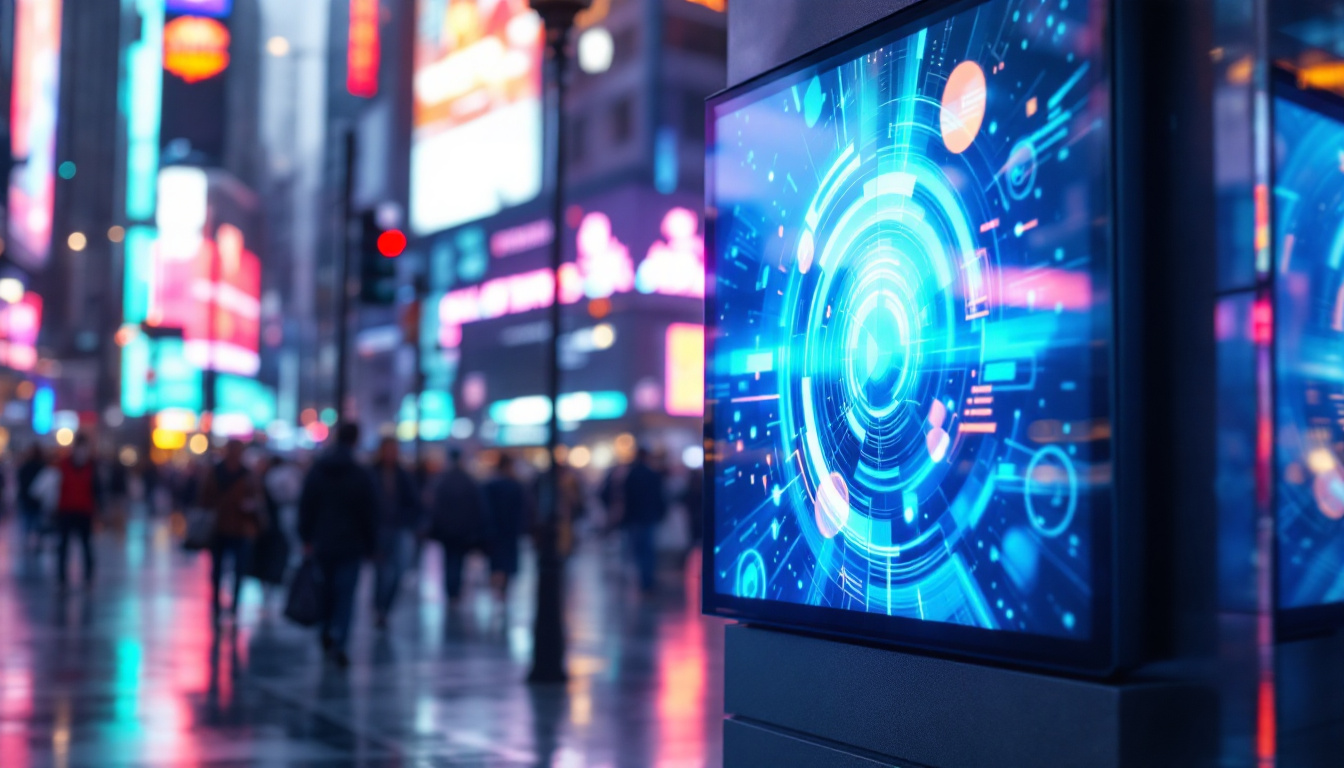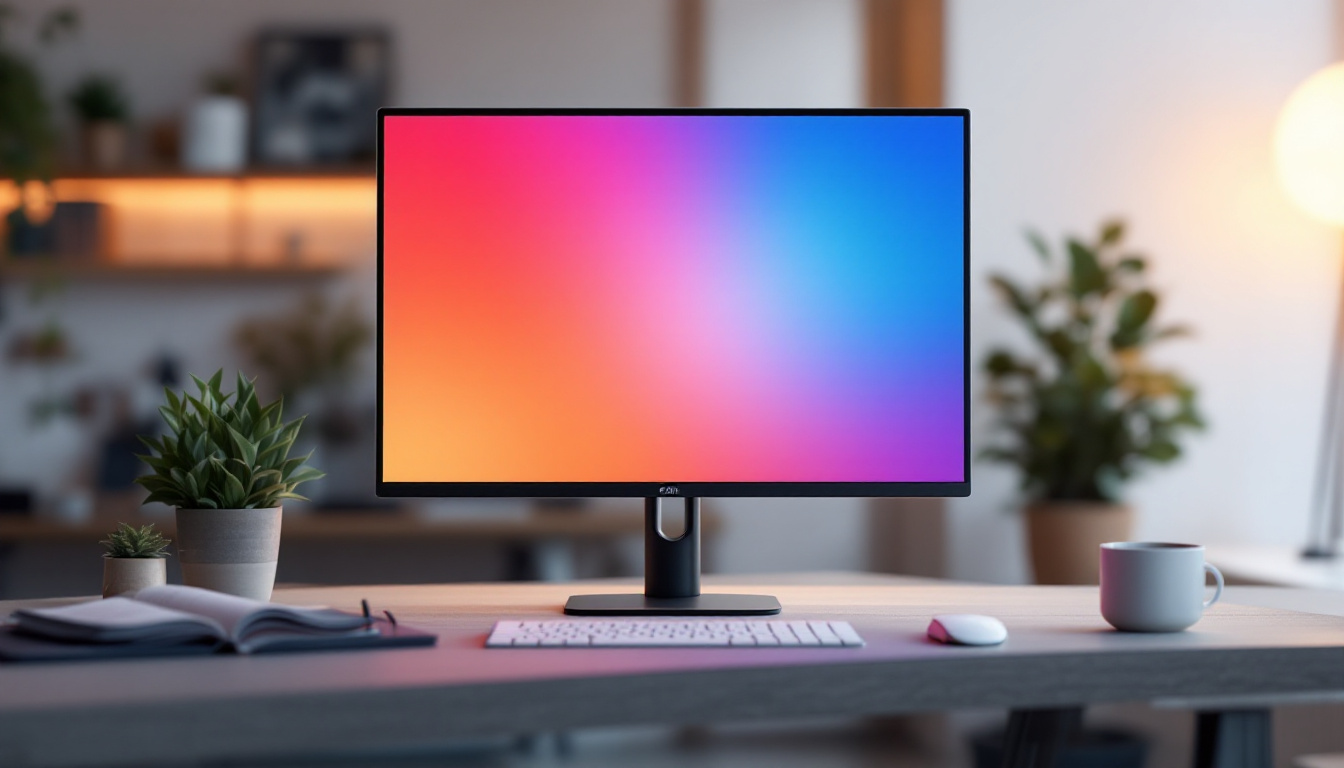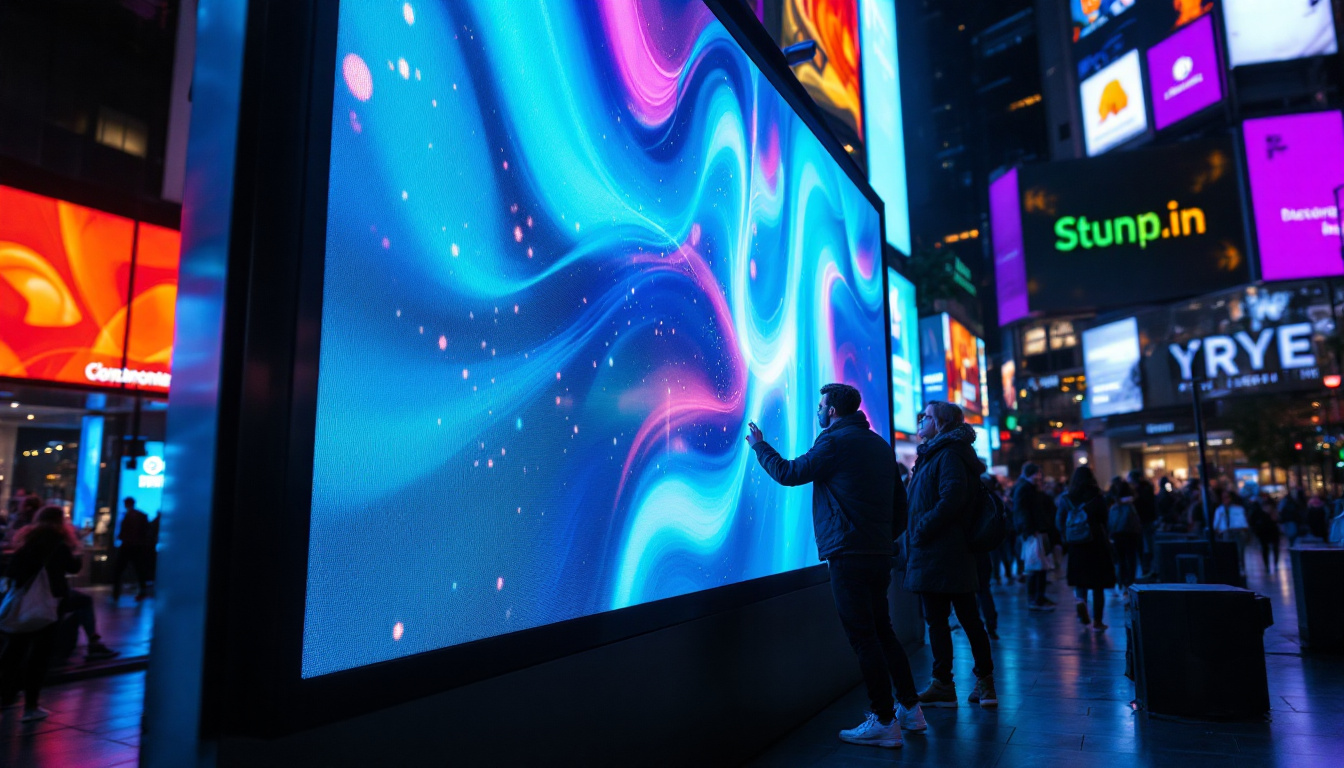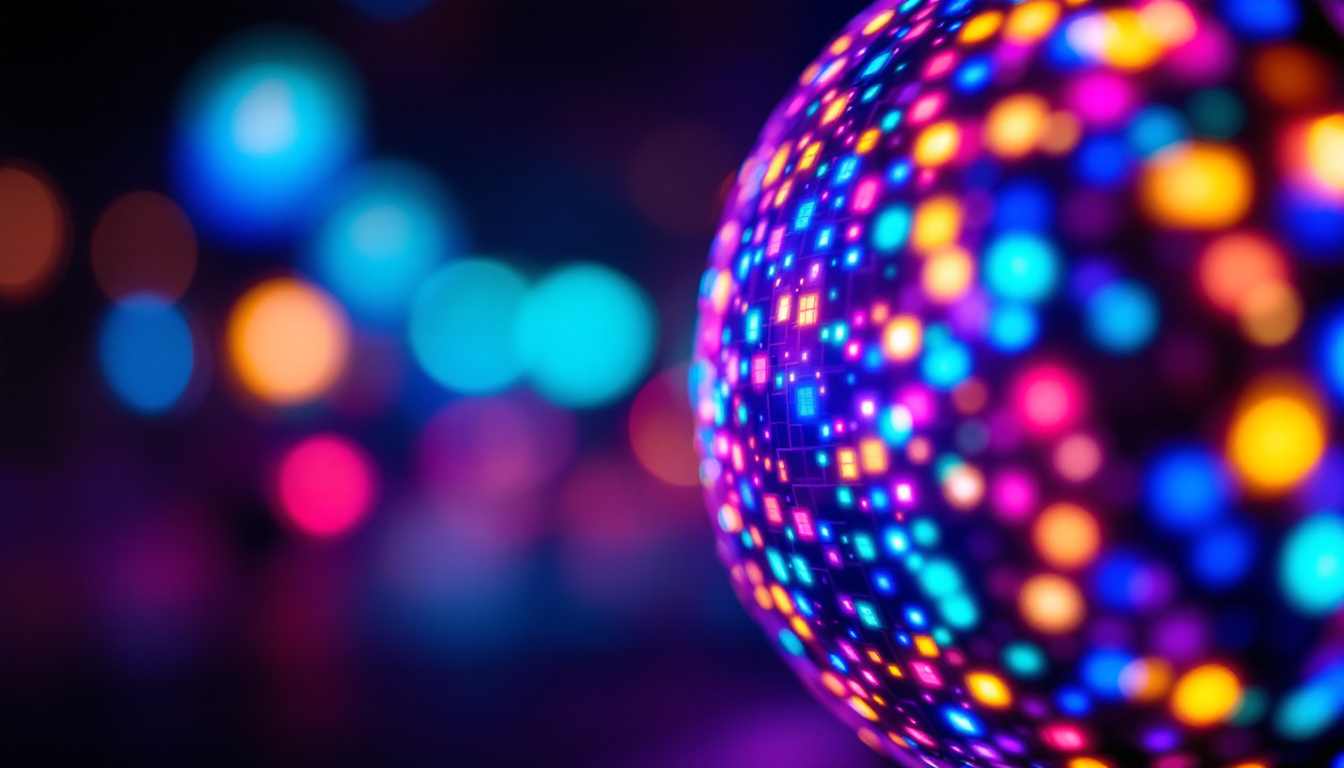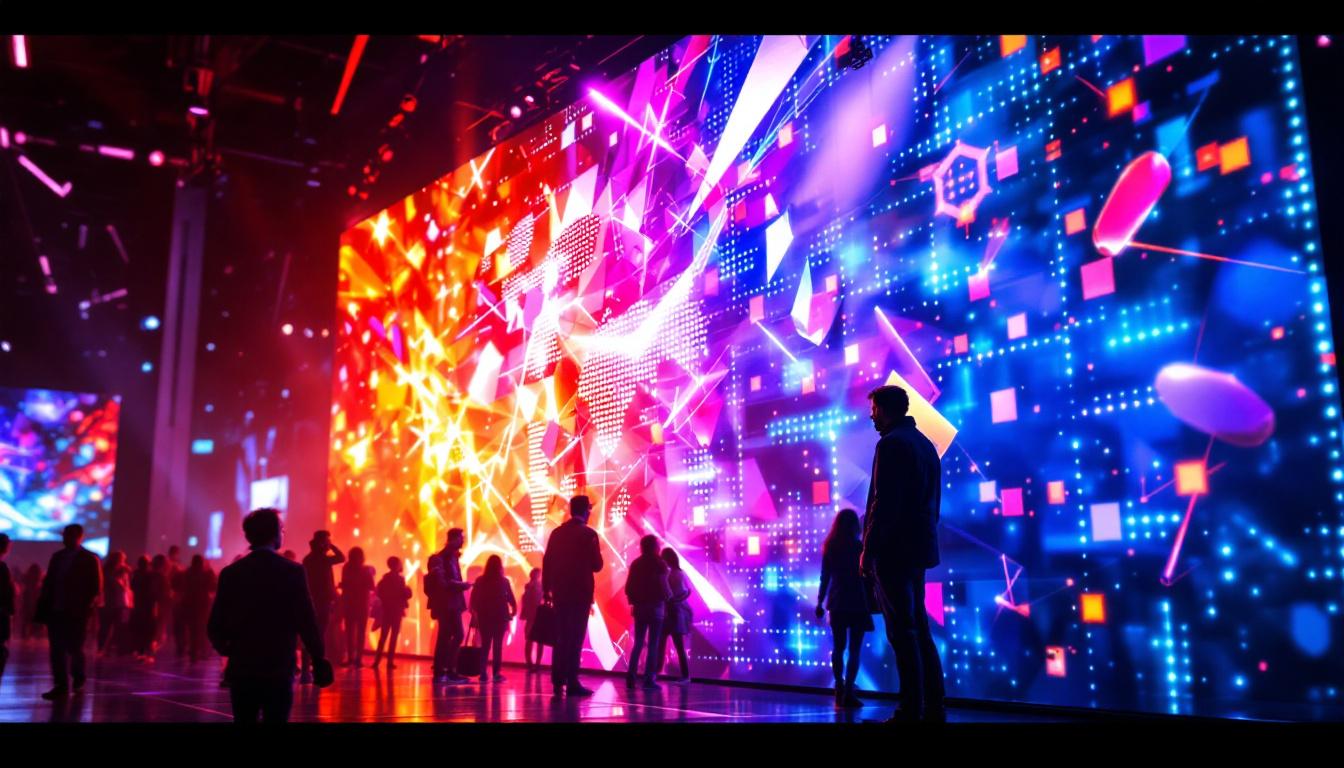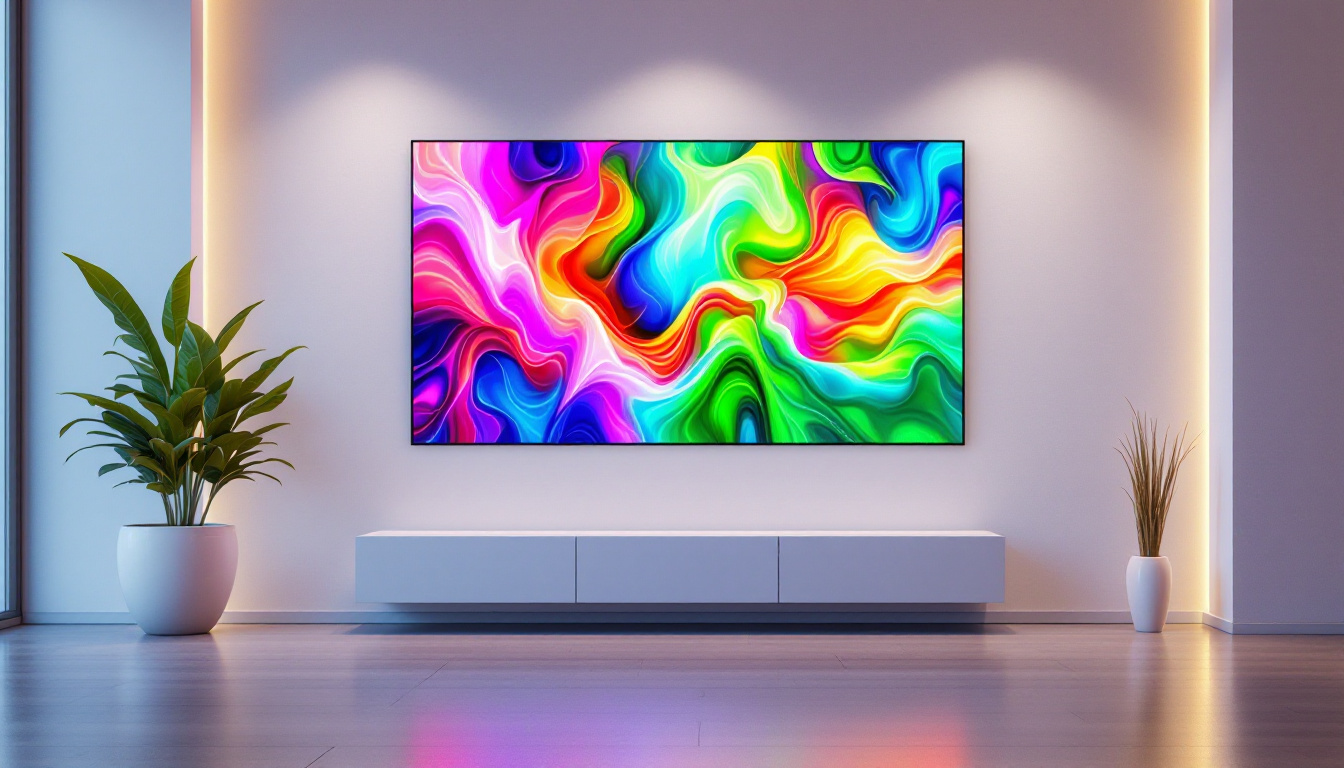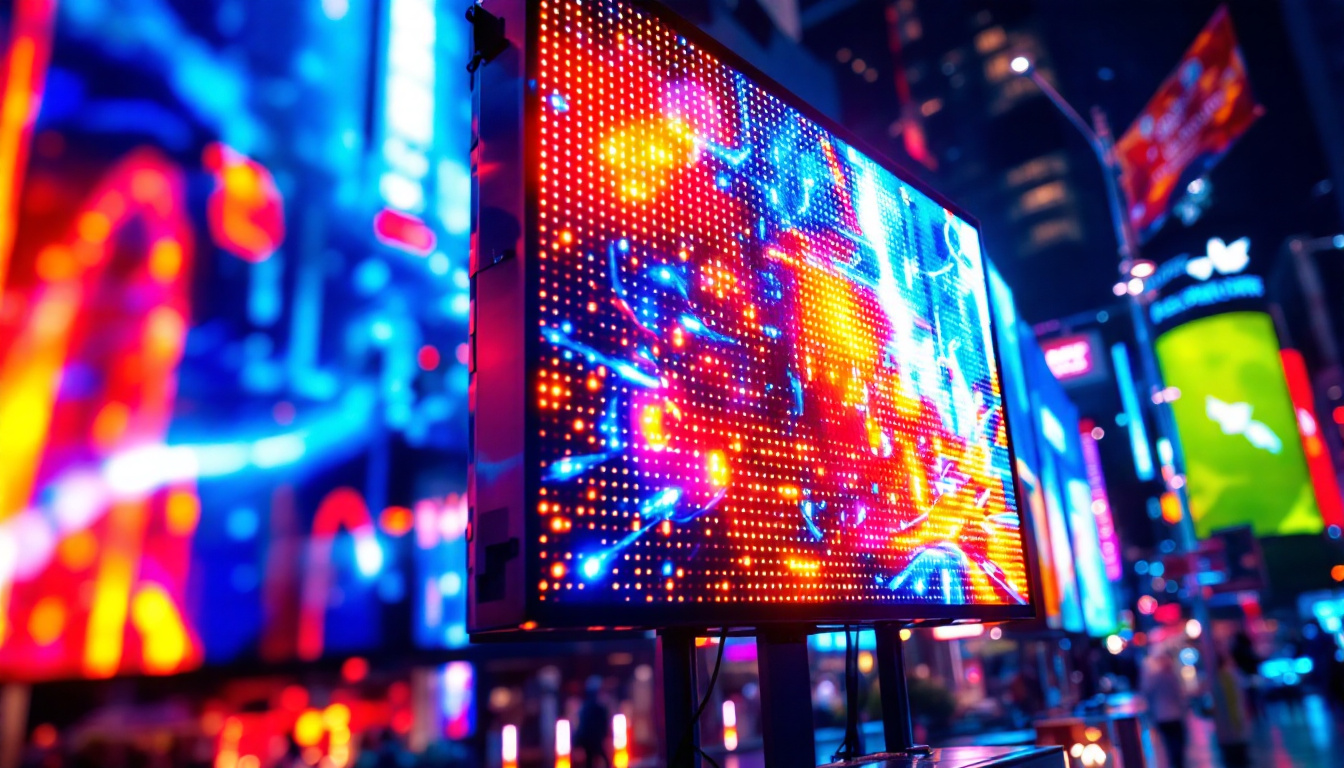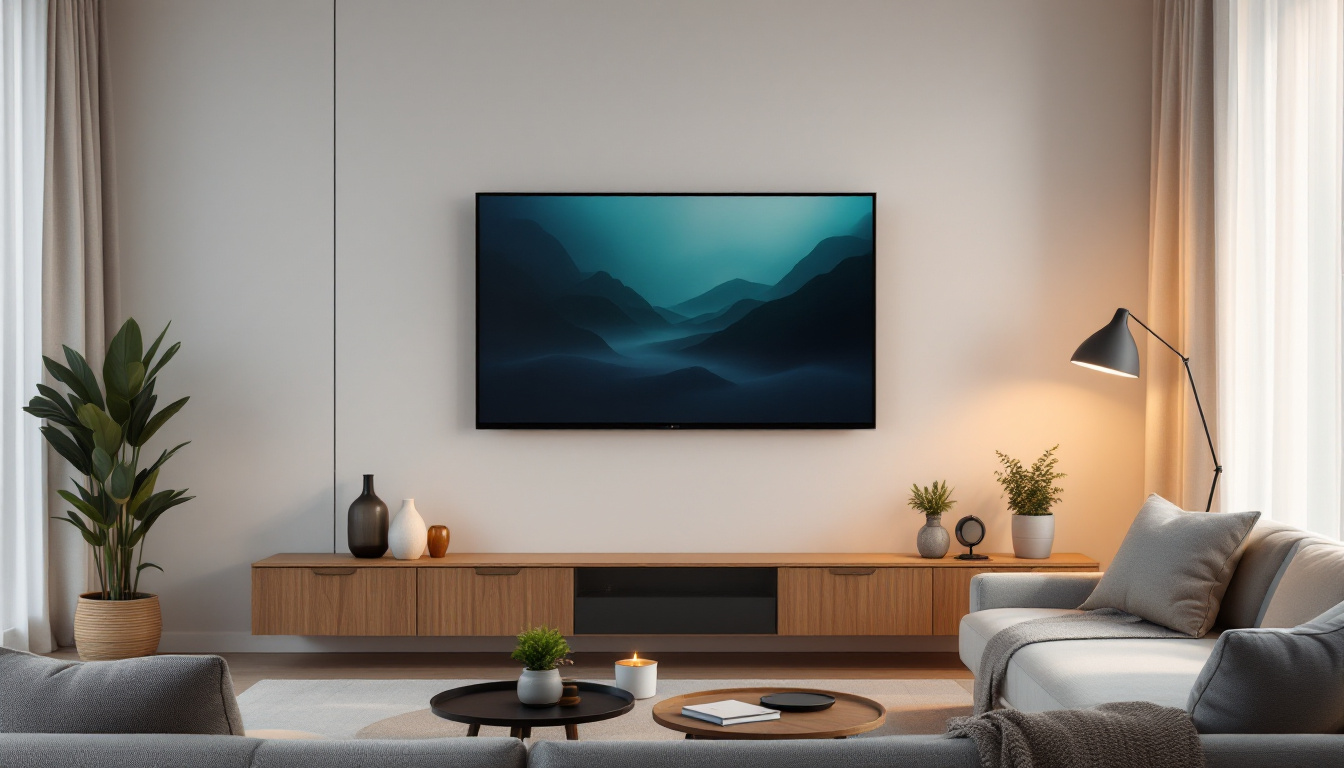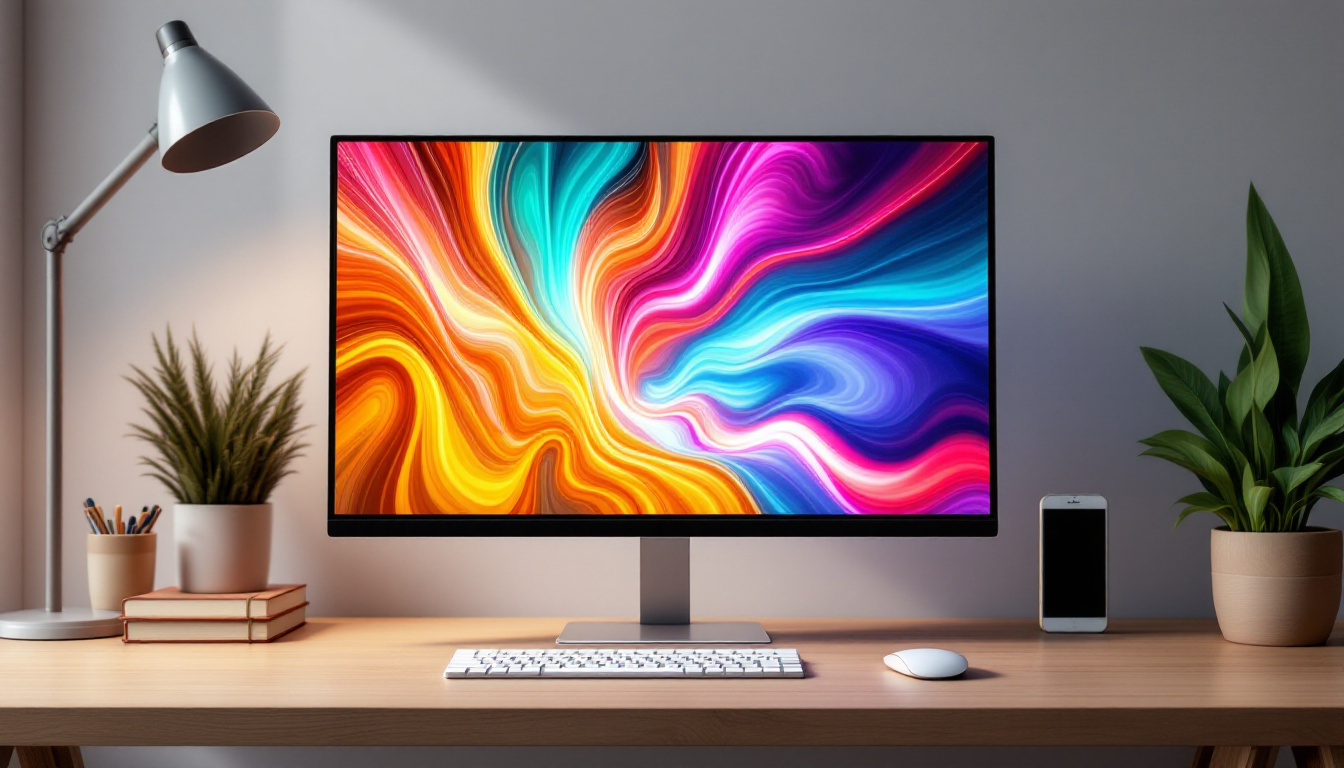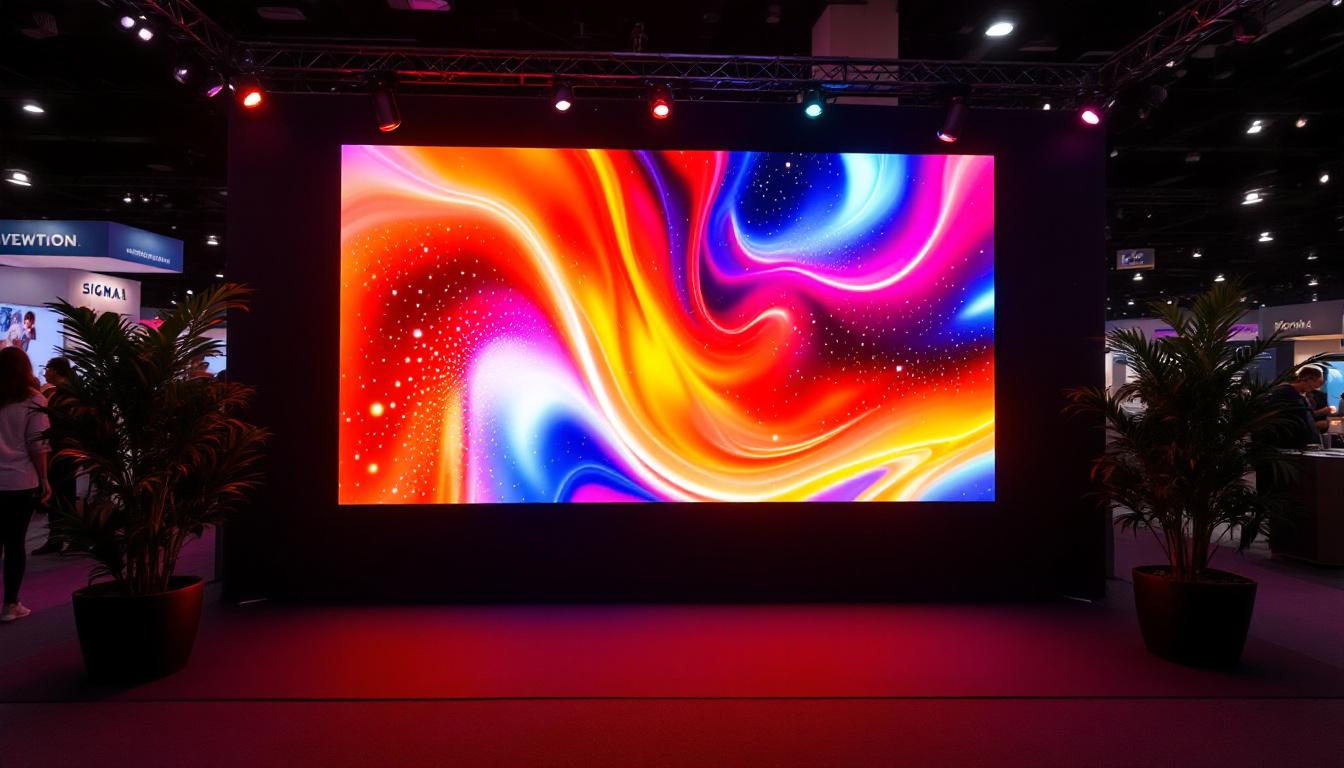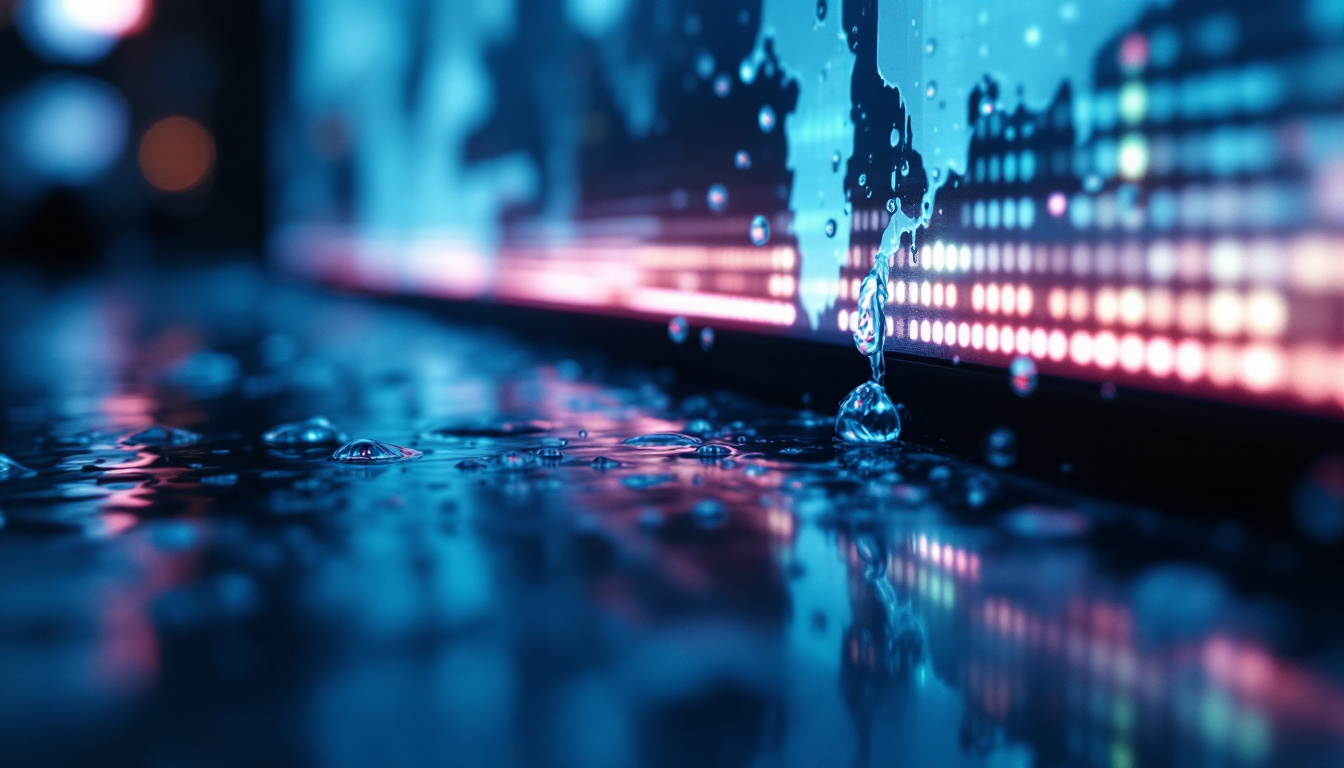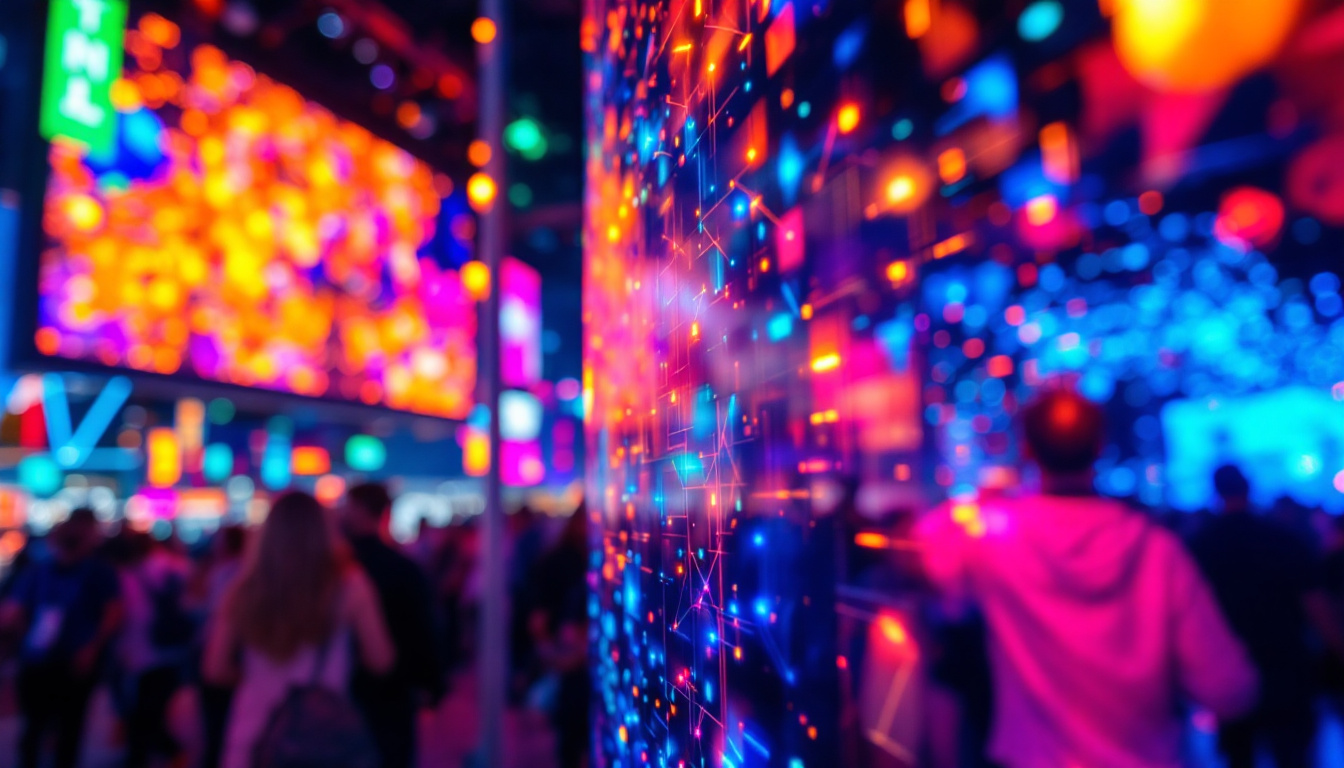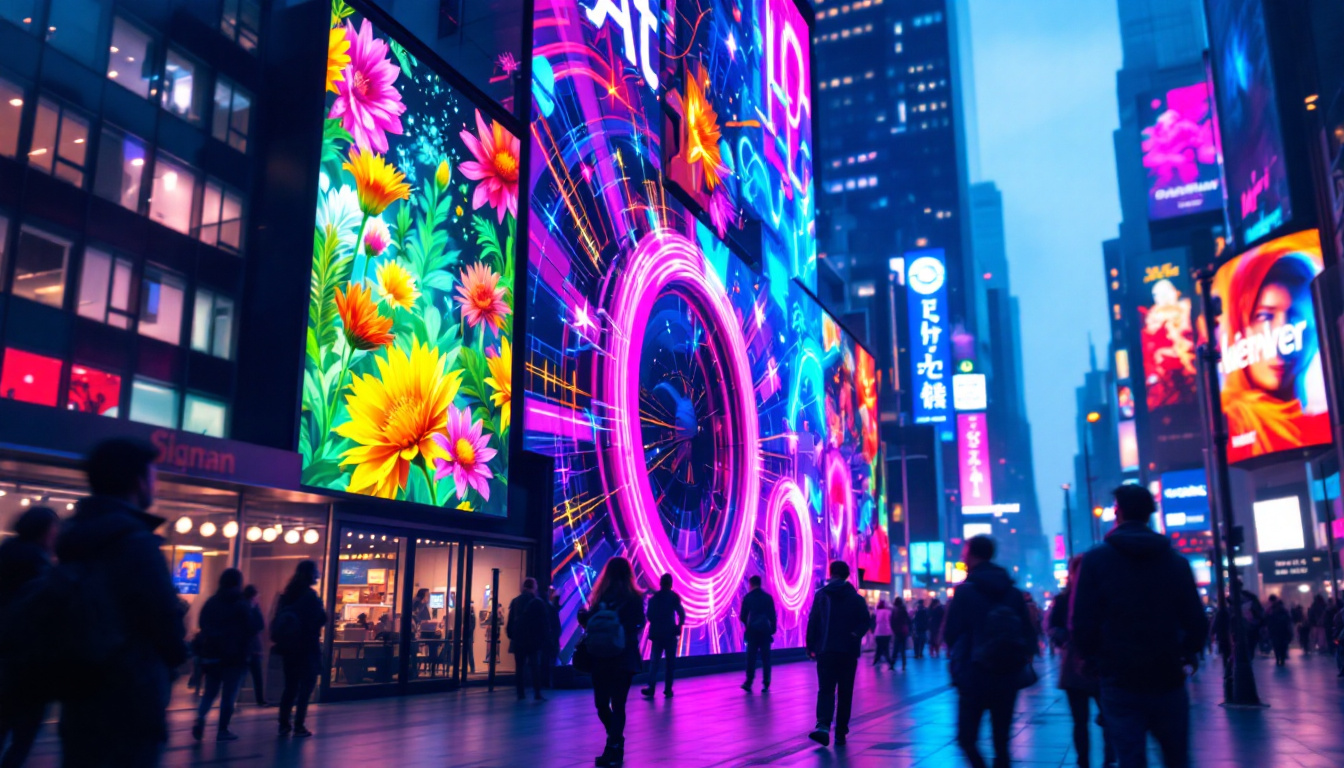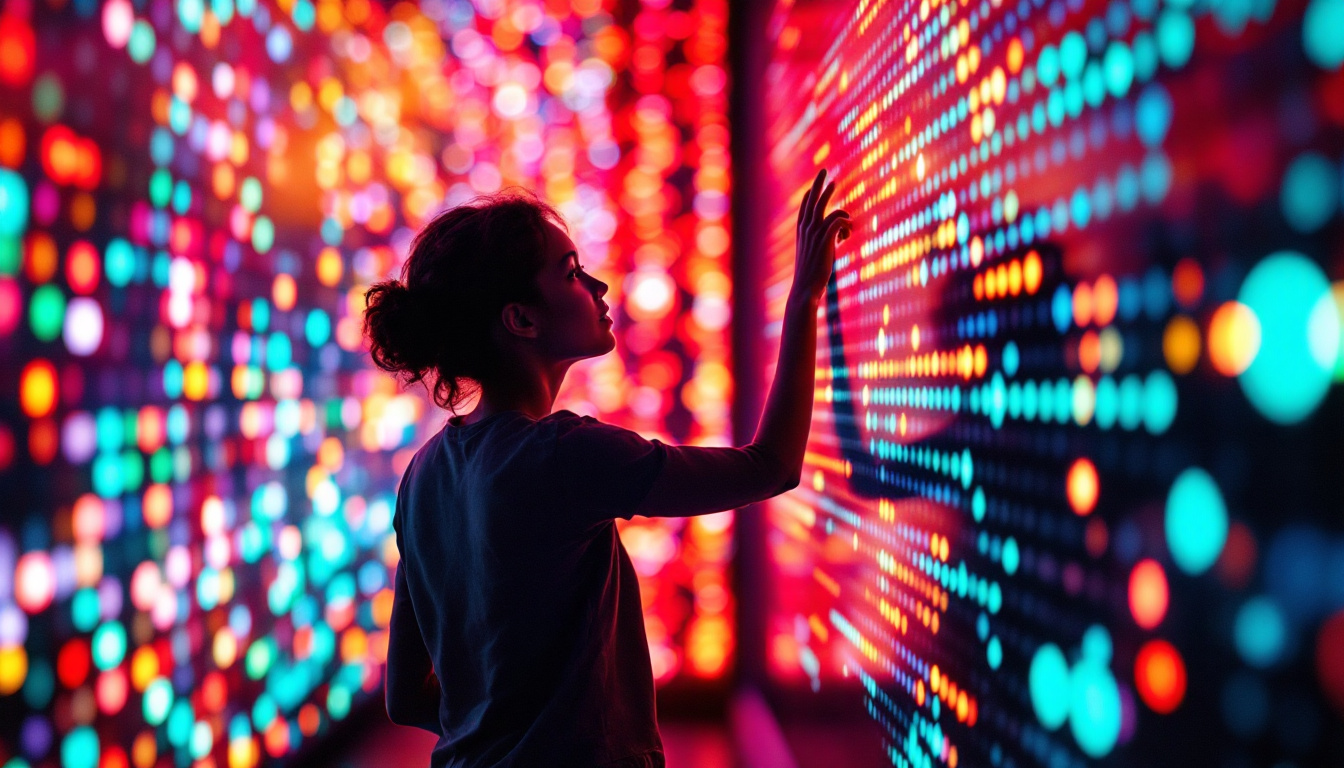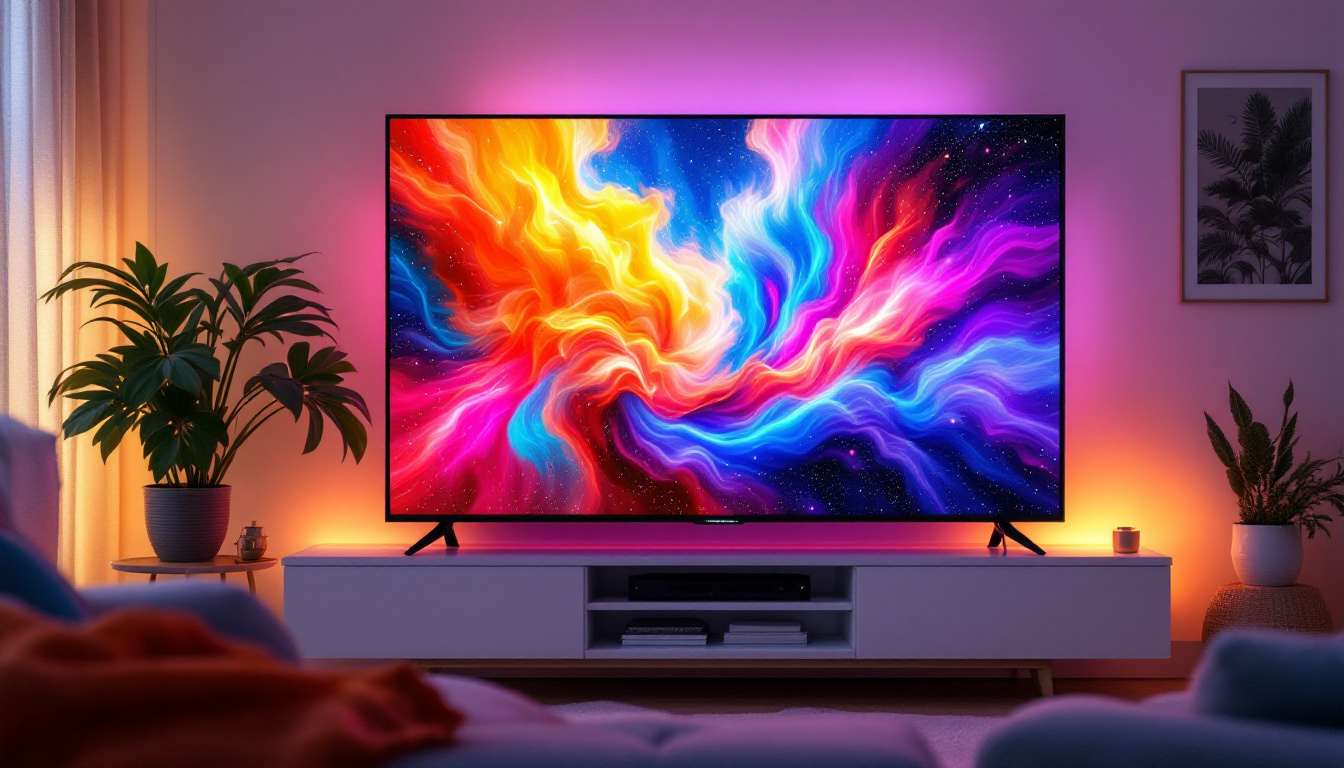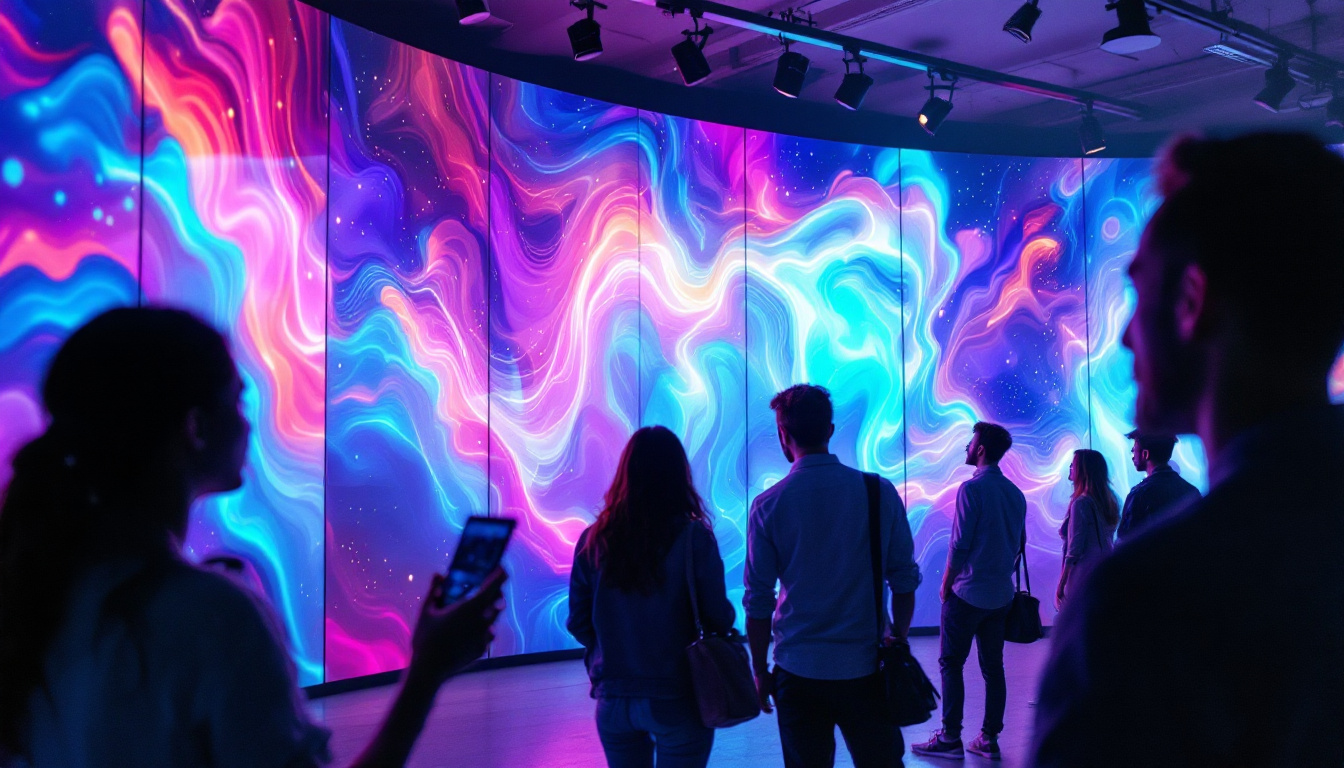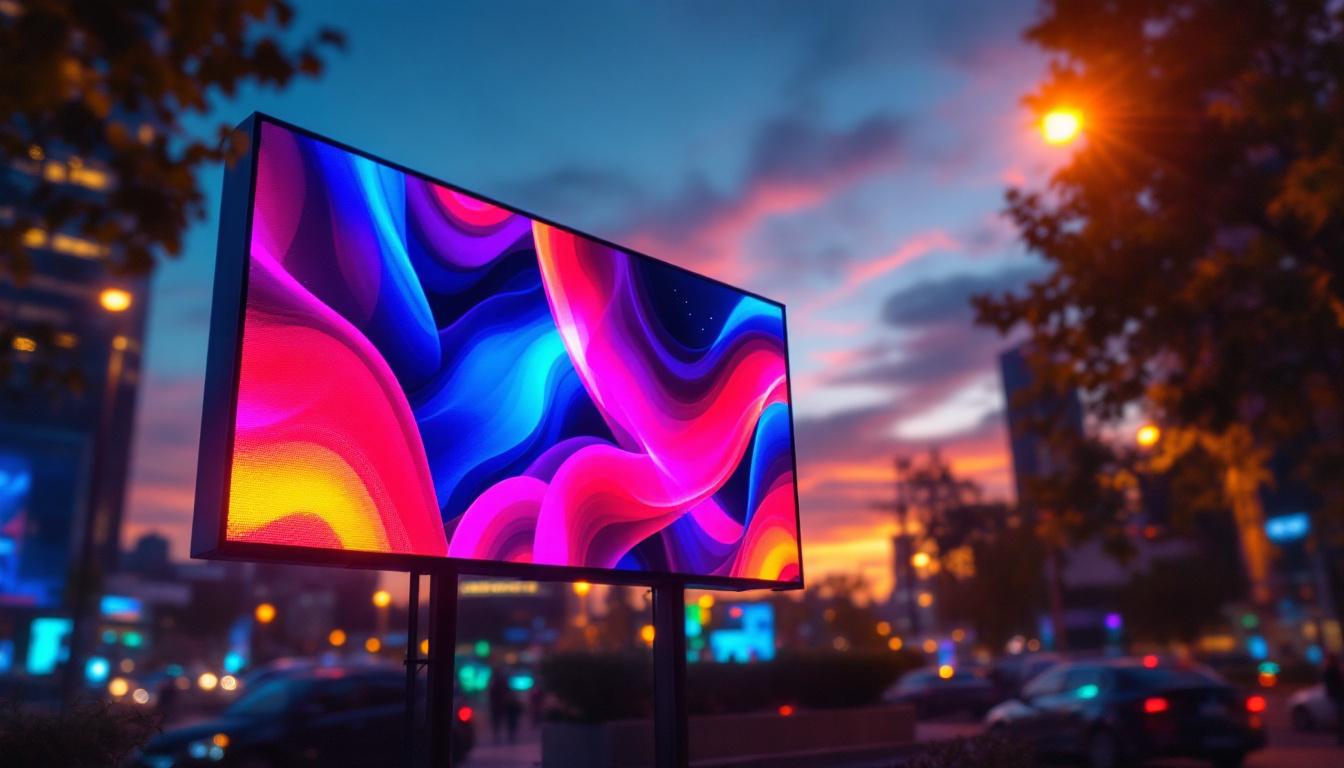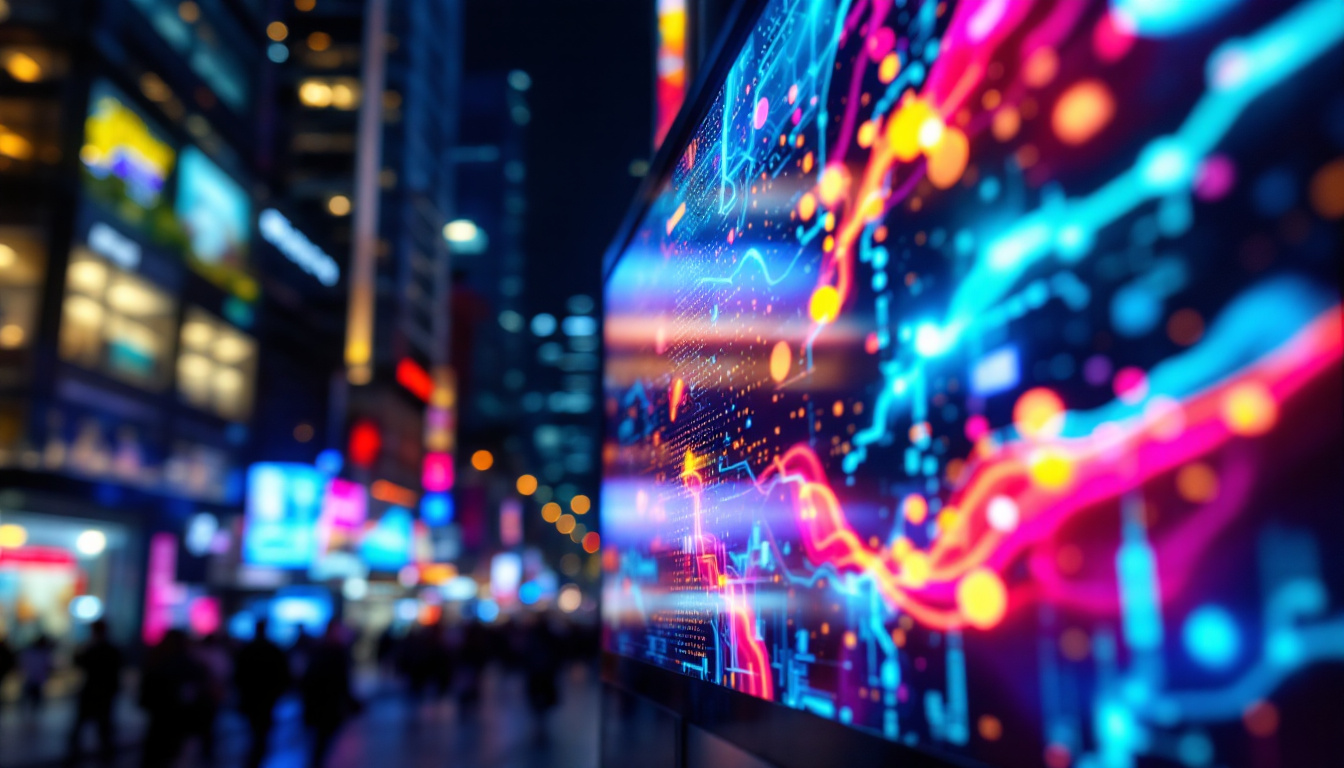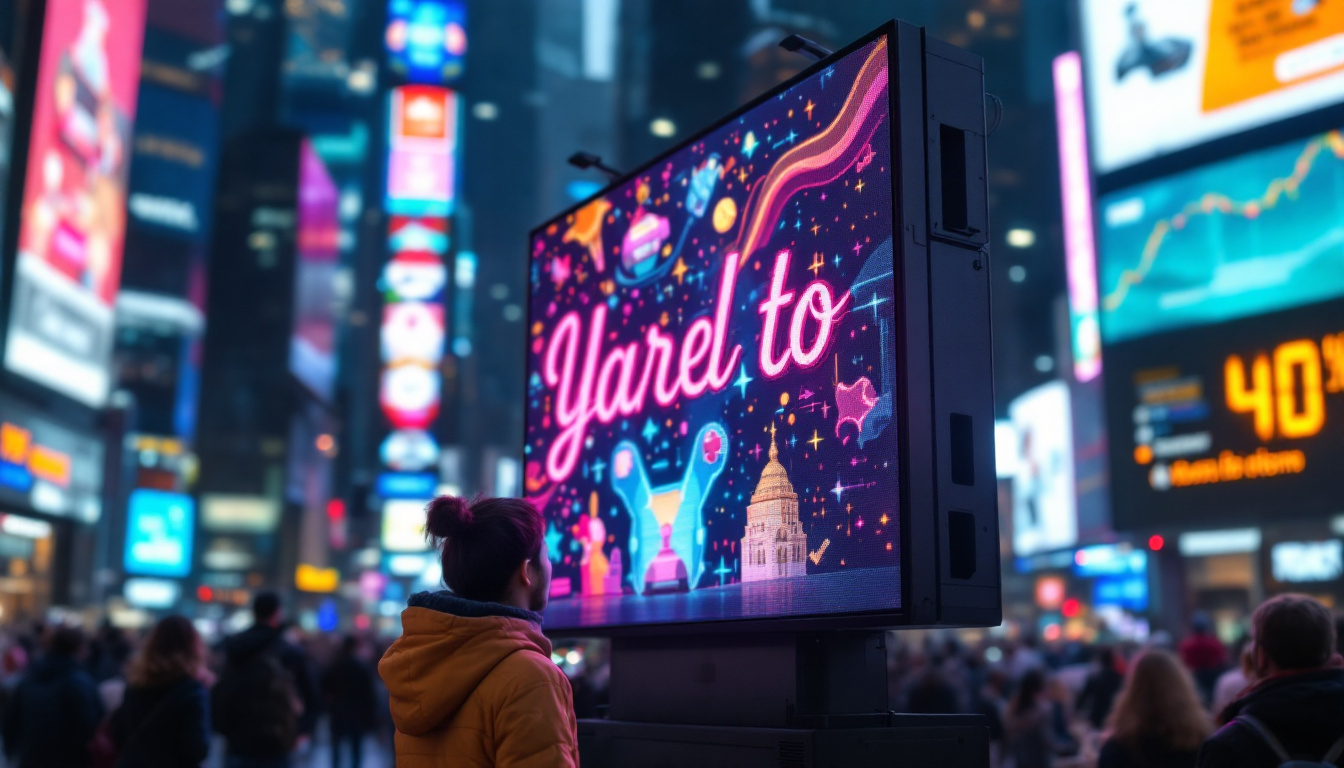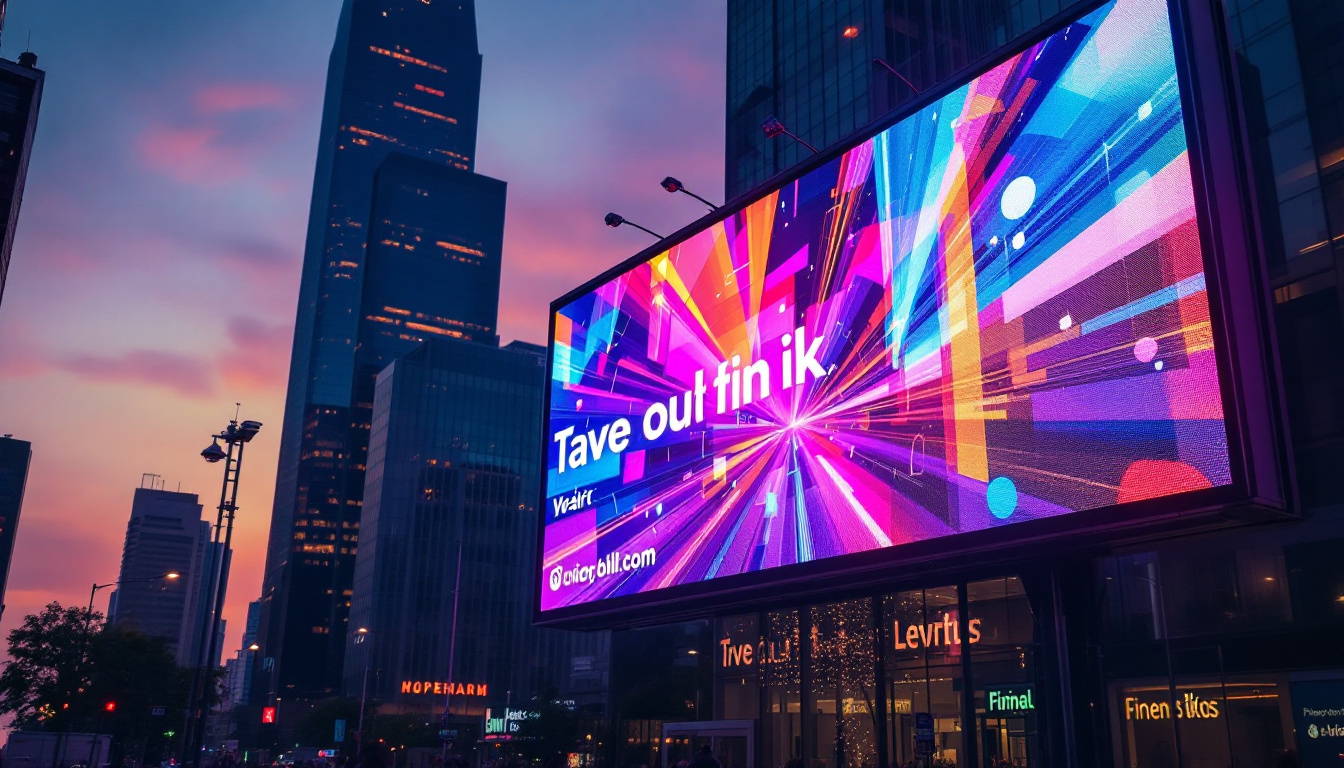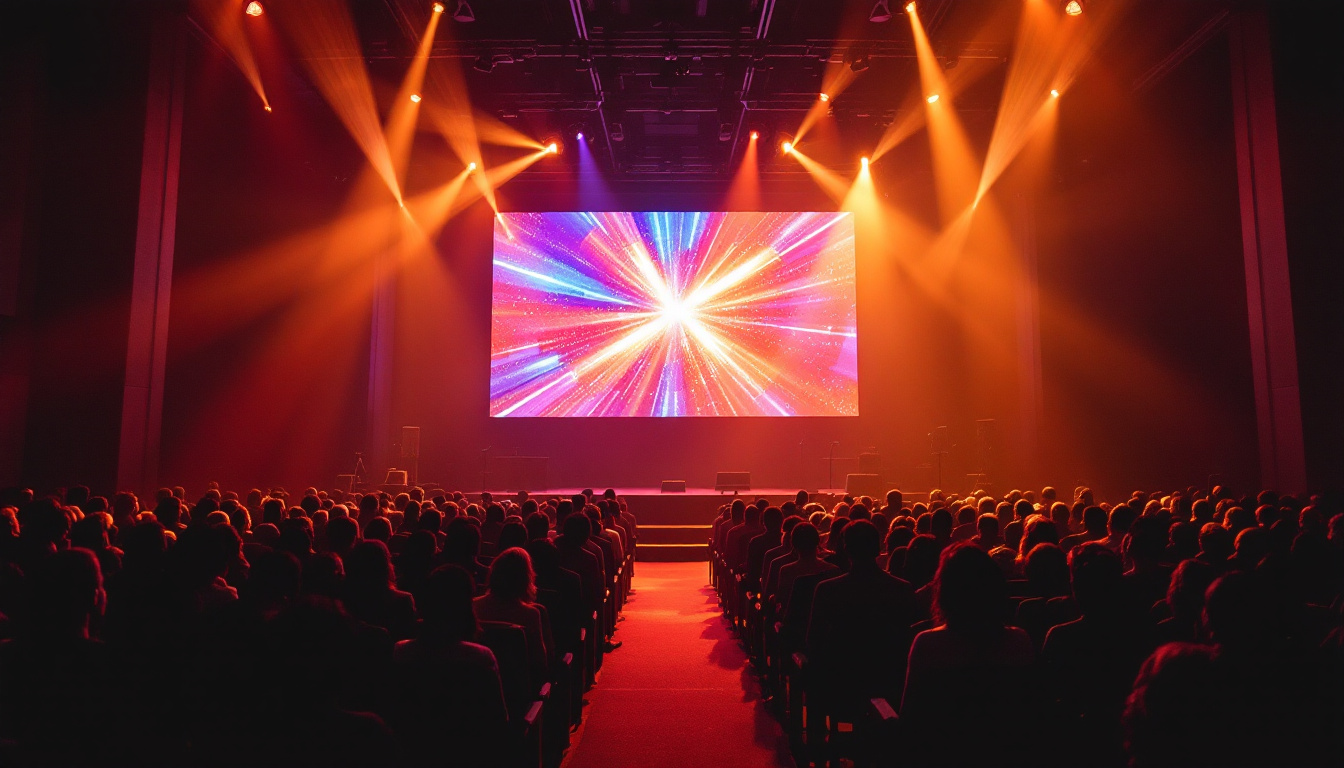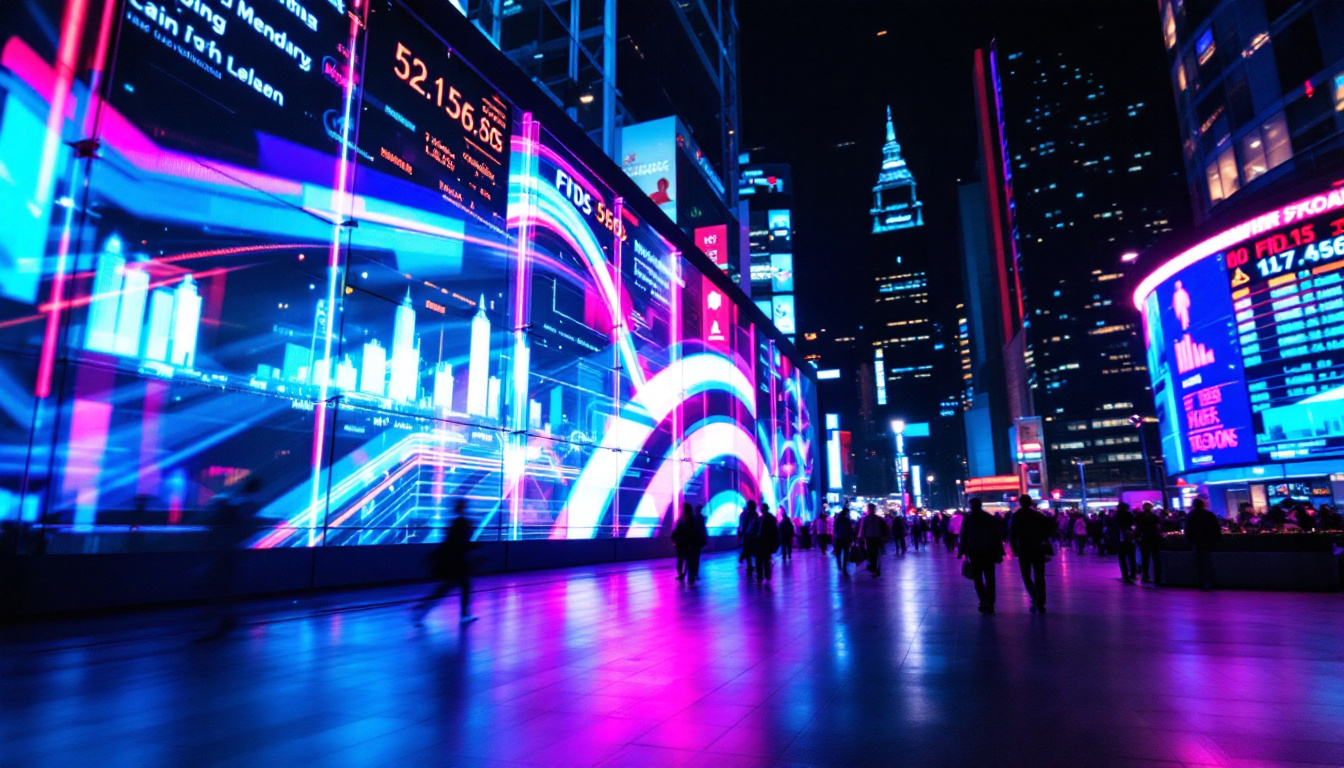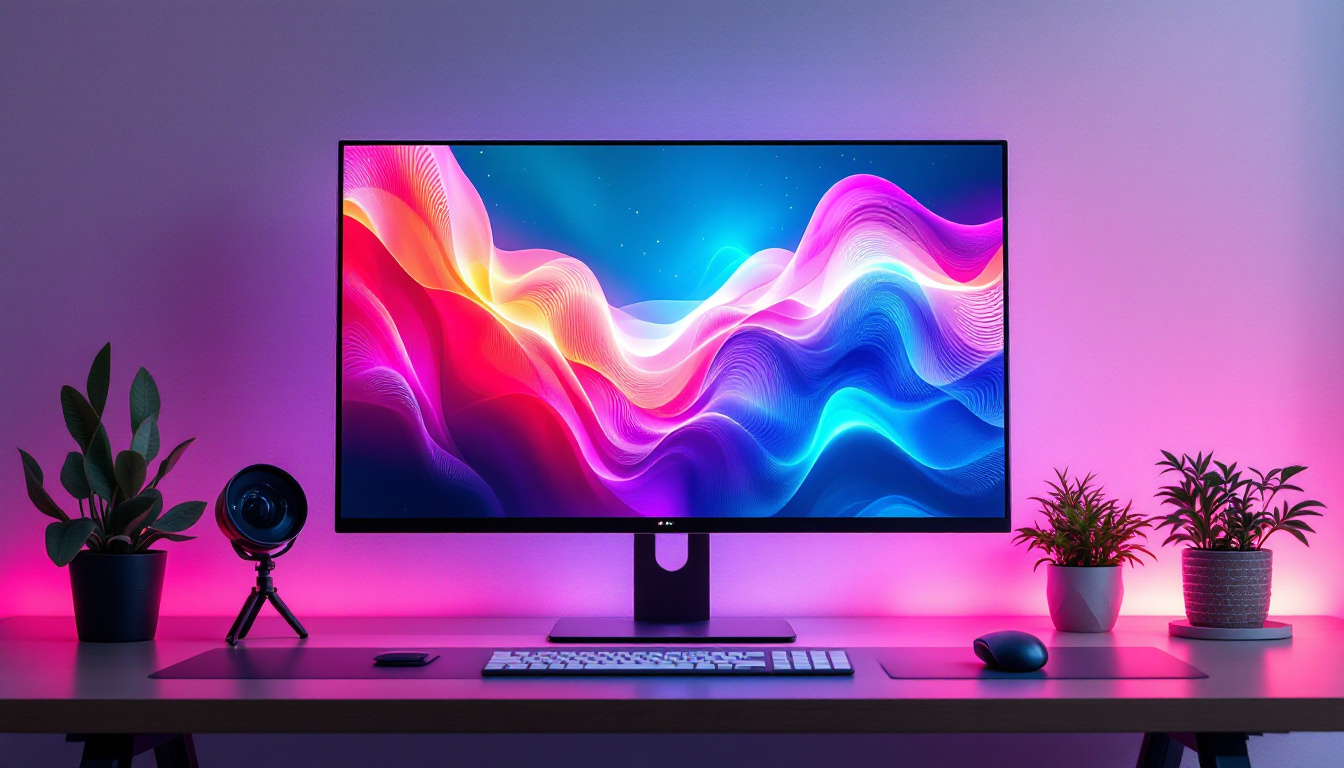In the world of modern design, minimalism has emerged as a powerful aesthetic that emphasizes simplicity and functionality. This philosophy has found its way into various fields, including set design for theater, film, and events. One of the most transformative elements in minimalistic set design is the use of LED displays. These versatile screens not only enhance visual storytelling but also offer a range of practical benefits. This article delves into the intricacies of minimalistic set design, focusing on the role and impact of LED displays.
The Essence of Minimalistic Set Design
Minimalistic set design is characterized by its focus on essential elements, stripping away the superfluous to create a clean and cohesive visual narrative. This approach allows the audience to engage more deeply with the content, as distractions are minimized. The philosophy behind minimalism is rooted in the belief that less is more; by using fewer elements, designers can create a more profound impact.
Principles of Minimalism
At its core, minimalism revolves around a few key principles. First, there is a strong emphasis on space. Negative space is intentionally utilized to create balance and draw attention to the focal points of the design. Second, color palettes are often limited to a few hues, promoting harmony and coherence. Finally, materials are chosen for their functionality and aesthetic appeal, often favoring natural or industrial finishes that complement the overall design.
These principles are not just aesthetic choices; they also serve practical purposes. By reducing clutter, designers can create environments that are easier to navigate and more conducive to storytelling. This is particularly important in performance settings, where the audience’s focus should remain on the narrative rather than the set itself. Additionally, the use of minimalistic design can evoke a sense of tranquility and introspection, allowing the audience to reflect on the themes and emotions presented in the performance.
Impact on Audience Engagement
Minimalistic set design has a profound impact on audience engagement. By eliminating distractions, the design encourages viewers to immerse themselves in the story being told. This can lead to a more emotional and visceral experience, as the audience is invited to fill in the gaps with their imagination.
Moreover, minimalism allows for greater versatility. A simple set can be easily adapted to different scenes or moods, making it a practical choice for productions that require quick changes. This flexibility is particularly valuable in theater, where time constraints often dictate the pace of scene transitions. Furthermore, the minimalist approach can enhance the emotional weight of a scene; for instance, a sparse stage can amplify the tension during a dramatic moment, as the absence of visual noise allows the actors’ performances to shine through. This strategic use of space and simplicity not only captivates the audience but also invites them to engage with the narrative on a more personal level, forging a deeper connection with the characters and their journeys.
Understanding LED Displays
LED (Light Emitting Diode) displays have revolutionized the way visual content is presented in various settings. These screens are not only energy-efficient but also capable of producing vibrant colors and sharp images. In the context of minimalistic set design, LED displays offer unique advantages that enhance the overall aesthetic and functionality of the space.
Types of LED Displays
There are several types of LED displays, each with its own specific applications. The most common types include:
- Direct View LED: These displays are made up of individual LED modules that can be assembled into large screens. They are often used for outdoor advertising and large-scale events.
- LED Video Walls: Composed of multiple LED panels, video walls can create immersive environments by displaying dynamic visuals across a wide area. They are frequently used in concerts and corporate events.
- Transparent LED Displays: These innovative screens allow for visibility through the display, creating a unique blend of digital content and physical space. They are ideal for retail environments and exhibitions.
Each type of LED display offers unique benefits, allowing designers to choose the most suitable option for their specific needs. The versatility of LED technology enables it to seamlessly integrate into minimalistic set designs, enhancing the visual experience without overwhelming the audience.
Advantages of Using LED Displays
Incorporating LED displays into minimalistic set design comes with numerous advantages. One of the most significant benefits is their ability to create dynamic visuals that can change in real-time. This adaptability allows for a more engaging experience, as the visuals can be tailored to match the mood or theme of the performance.
Additionally, LED displays are energy-efficient and have a long lifespan, making them a cost-effective choice for productions. Their lightweight nature also simplifies installation and setup, allowing for quicker transitions between scenes.
Integrating LED Displays into Minimalistic Set Design
Successfully integrating LED displays into minimalistic set design requires careful planning and consideration. Designers must strike a balance between the digital and physical elements of the set to ensure that the overall aesthetic remains cohesive.
Design Considerations
When incorporating LED displays, designers should consider the following factors:
- Scale and Proportion: The size of the LED display should be proportional to the overall set design. A large screen can dominate a small space, while a tiny display may be lost in a vast environment.
- Content Selection: The visuals displayed on the LED screen should complement the narrative and enhance the audience’s understanding of the story. Designers should choose content that aligns with the themes and emotions being conveyed.
- Placement: The positioning of the LED display is crucial. It should be placed in a way that allows for optimal viewing angles while also integrating seamlessly with the physical elements of the set.
By carefully considering these factors, designers can create a harmonious blend of digital and physical elements that enhances the overall impact of the production.
Case Studies in Minimalistic Set Design
Several notable productions have successfully integrated LED displays into their minimalistic set designs, showcasing the potential of this approach. For example, a recent theatrical adaptation of a classic novel utilized a simple stage with a large LED backdrop that changed throughout the performance. The visuals reflected the emotional journey of the characters, drawing the audience deeper into the narrative.
Similarly, a contemporary dance performance employed transparent LED screens to create a sense of depth and dimension. The dancers moved in and out of the digital visuals, blurring the lines between reality and illusion. This innovative use of technology not only enhanced the aesthetic but also added a layer of complexity to the storytelling.
Challenges and Solutions
While the integration of LED displays into minimalistic set design offers numerous benefits, it also presents unique challenges. Designers must navigate technical limitations, budget constraints, and the need for cohesive storytelling.
Technical Limitations
One of the primary challenges is the technical limitations of LED technology. Issues such as resolution, brightness, and color accuracy can impact the overall effectiveness of the display. To overcome these challenges, designers should work closely with technical teams to ensure that the LED displays are calibrated correctly and optimized for the specific environment.
Additionally, it is essential to test the visuals in the actual performance space before the final show. This allows for adjustments to be made based on the lighting conditions and audience perspective, ensuring that the display achieves the desired impact.
Budget Constraints
Budget constraints can also pose challenges when integrating LED displays into set design. High-quality LED technology can be expensive, and productions must balance their desire for cutting-edge visuals with financial realities. To address this issue, designers can explore rental options for LED equipment, which can significantly reduce costs while still allowing for high-quality visuals.
Moreover, investing in versatile LED displays that can be used across multiple productions can help maximize the return on investment. By carefully planning and budgeting, productions can achieve stunning visual results without overspending.
The Future of Minimalistic Set Design with LED Displays
As technology continues to evolve, the future of minimalistic set design is poised for exciting developments. LED displays are becoming increasingly sophisticated, with advancements in resolution, flexibility, and interactivity. This opens up new possibilities for designers to create immersive environments that captivate audiences.
Emerging Trends
One emerging trend is the use of augmented reality (AR) in conjunction with LED displays. By overlaying digital content onto physical sets, designers can create dynamic experiences that blur the lines between the real and the virtual. This technology has the potential to revolutionize storytelling, offering audiences a more interactive and engaging experience.
Another trend is the increasing demand for sustainable design practices. As environmental concerns grow, designers are exploring eco-friendly materials and energy-efficient technologies. LED displays, with their low energy consumption and long lifespan, align well with these sustainability goals, making them an attractive choice for future productions.
Conclusion
Minimalistic set design, enhanced by the integration of LED displays, represents a powerful approach to visual storytelling. By embracing simplicity and functionality, designers can create immersive environments that resonate with audiences on a deeper level. The versatility and adaptability of LED technology further enhance this aesthetic, allowing for dynamic visuals that elevate the overall experience.
As the industry continues to evolve, the potential for innovation in minimalistic set design is limitless. By staying attuned to emerging trends and technological advancements, designers can push the boundaries of creativity and redefine the way stories are told on stage and screen.
Explore the Future of Set Design with LumenMatrix
Ready to take your set design to the next level? Discover how LumenMatrix’s innovative LED display technology can transform your minimalistic set into a dynamic and engaging masterpiece. With solutions ranging from Indoor and Outdoor LED Wall Displays to Custom and Transparent LED Displays, LumenMatrix is at the forefront of creating immersive visual experiences that captivate audiences. Embrace the power of simplicity and functionality with our cutting-edge displays. Check out LumenMatrix LED Display Solutions today and revolutionize your visual storytelling.

